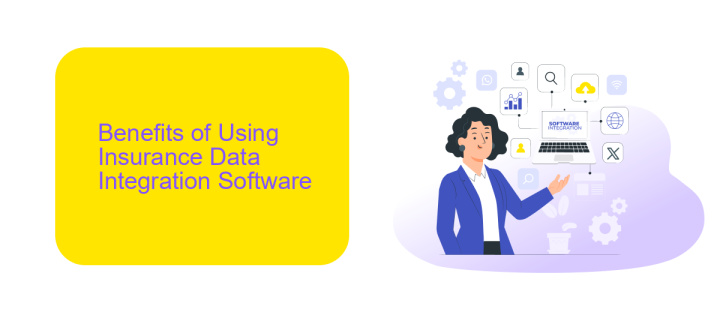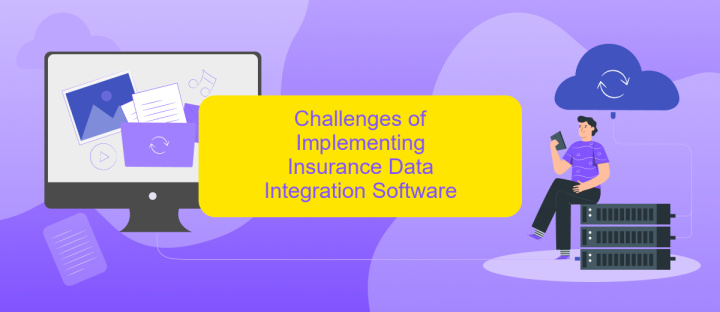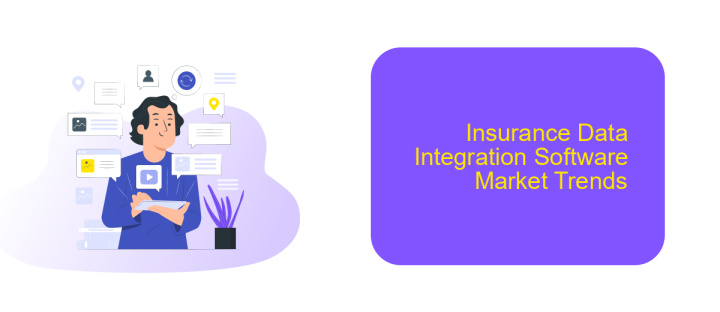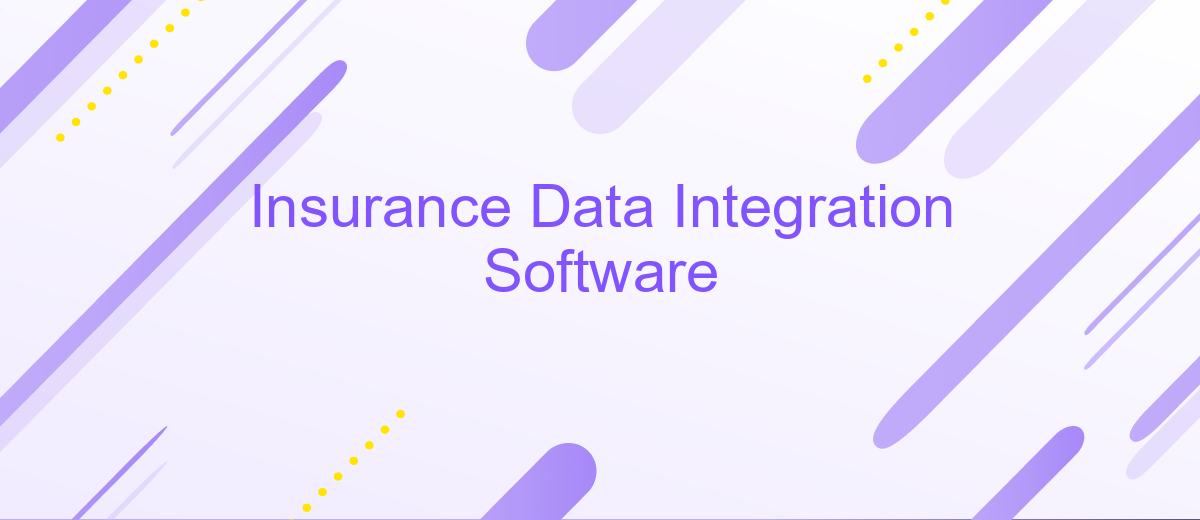Insurance Data Integration Software
In today's fast-paced insurance industry, seamless data integration is crucial for enhancing operational efficiency and decision-making. Insurance Data Integration Software offers a comprehensive solution to unify disparate data sources, streamline workflows, and provide actionable insights. By leveraging advanced technologies, this software enables insurers to improve customer service, reduce costs, and stay competitive in an ever-evolving market.
Introduction to Insurance Data Integration Software
Insurance Data Integration Software plays a crucial role in modernizing the insurance industry by streamlining data management and enhancing operational efficiency. This software allows for the seamless integration of various data sources, ensuring that insurance companies can access and utilize critical information in real-time.
- Automates data collection from multiple sources
- Ensures data accuracy and consistency
- Facilitates real-time data access
- Enhances decision-making processes
- Reduces operational costs
One of the notable services that aid in setting up these integrations is ApiX-Drive. It enables insurance companies to connect various data systems effortlessly, ensuring smooth data flow and reducing manual intervention. By leveraging such tools, insurance firms can focus on delivering better services to their clients while maintaining high standards of data integrity and security.
Benefits of Using Insurance Data Integration Software

Insurance Data Integration Software offers numerous benefits, significantly enhancing operational efficiency and decision-making processes for insurance companies. By consolidating data from various sources into a single, unified platform, it eliminates the need for manual data entry and reduces the risk of errors. This streamlining of data management not only saves time but also ensures that all stakeholders have access to accurate and up-to-date information, facilitating better customer service and faster claims processing.
Moreover, leveraging services like ApiX-Drive for integration setup can further optimize the process. ApiX-Drive enables seamless connectivity between disparate systems without requiring extensive technical expertise, making it easier for insurance firms to integrate their data sources quickly and efficiently. This results in a more agile and responsive business environment, where data-driven insights can be harnessed to improve risk assessment, underwriting, and policy management. Ultimately, the use of Insurance Data Integration Software empowers insurance companies to stay competitive in an increasingly data-centric industry.
Challenges of Implementing Insurance Data Integration Software

Implementing insurance data integration software can be a challenging endeavor for many organizations. The complexity arises from the need to seamlessly integrate multiple data sources and ensure data consistency and accuracy.
- Data Standardization: Different systems may use varied formats and standards, making it difficult to standardize data.
- Security Concerns: Ensuring data privacy and security during integration is paramount, given the sensitive nature of insurance data.
- Legacy Systems: Integrating modern software with outdated legacy systems can be problematic and resource-intensive.
- Scalability: The integration solution must be scalable to handle growing data volumes and complexity over time.
- Cost: High implementation and maintenance costs can be a barrier for smaller organizations.
To address these challenges, tools like ApiX-Drive can be invaluable. ApiX-Drive simplifies the integration process by providing a user-friendly platform to connect various data sources, ensuring data consistency and security. This service can help organizations overcome the hurdles of data standardization, security, and scalability, making the implementation of insurance data integration software more manageable and efficient.
Insurance Data Integration Software Market Trends

The insurance data integration software market is experiencing significant growth due to the increasing demand for streamlined data management and enhanced operational efficiency. As insurance companies continue to adopt digital transformation strategies, the need for robust data integration solutions has become more critical than ever.
One of the key trends driving this market is the rise of cloud-based integration platforms, which offer scalability and flexibility. Additionally, the growing use of artificial intelligence and machine learning in data integration processes is enabling more accurate and efficient data handling.
- Increased adoption of cloud-based solutions
- Integration of AI and machine learning technologies
- Focus on real-time data processing and analytics
- Enhanced data security and compliance measures
Services like ApiX-Drive are playing a crucial role in this landscape by providing seamless integration capabilities for various insurance data sources. By automating data workflows and ensuring real-time data synchronization, these platforms help insurance companies improve their decision-making processes and operational efficiency.
- Automate the work of an online store or landing
- Empower through integration
- Don't spend money on programmers and integrators
- Save time by automating routine tasks
Insurance Data Integration Software Use Cases
Insurance Data Integration Software enables seamless synchronization of various data sources, ensuring that insurers can access accurate and up-to-date information. One common use case is the integration of customer data from multiple channels, such as online forms, call centers, and in-person meetings. This ensures a unified customer profile, allowing insurers to provide personalized services and improve customer satisfaction. Additionally, integrating claims data with policy management systems helps streamline the claims process, reducing the time and effort required to settle claims.
Another significant use case involves the integration of underwriting data with external data sources, such as credit scores and risk assessments. This facilitates more accurate risk evaluations and pricing models, ultimately leading to better decision-making. Services like ApiX-Drive can be instrumental in setting up these integrations, offering a user-friendly platform that connects various applications and automates data workflows. By leveraging such tools, insurance companies can enhance operational efficiency, reduce manual errors, and ensure regulatory compliance.
FAQ
What is Insurance Data Integration Software?
Why is data integration important for insurance companies?
How does Insurance Data Integration Software improve operational efficiency?
Can Insurance Data Integration Software be customized to fit specific business needs?
What are the steps involved in integrating data using Insurance Data Integration Software?
Apix-Drive will help optimize business processes, save you from a lot of routine tasks and unnecessary costs for automation, attracting additional specialists. Try setting up a free test connection with ApiX-Drive and see for yourself. Now you have to think about where to invest the freed time and money!


